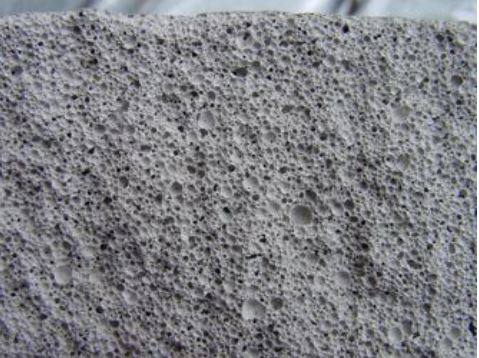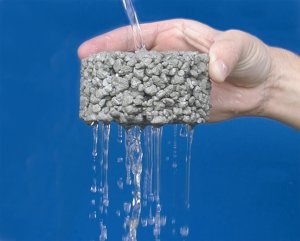Green Concrete
Green concrete is concrete which is eco-friendly, uses less energy in its production and produces less carbon dioxide than ordinary concrete. When people hear green concrete, they associate it with the concrete that is coloured with green pigment. But Green concrete does not refer to the colour of the concrete, rather than it indicates its […]



